

August
August’s warm weather provides an opportune time for Chicago-area gardeners to enjoy their efforts, whether it’s admiring the flowers lavishly blooming in the yard, or collecting the bounty of herbs and vegetables ready for harvesting. Maintenance tasks continue. With autumn on the horizon, August also is the month to begin planting cool-season vegetables.
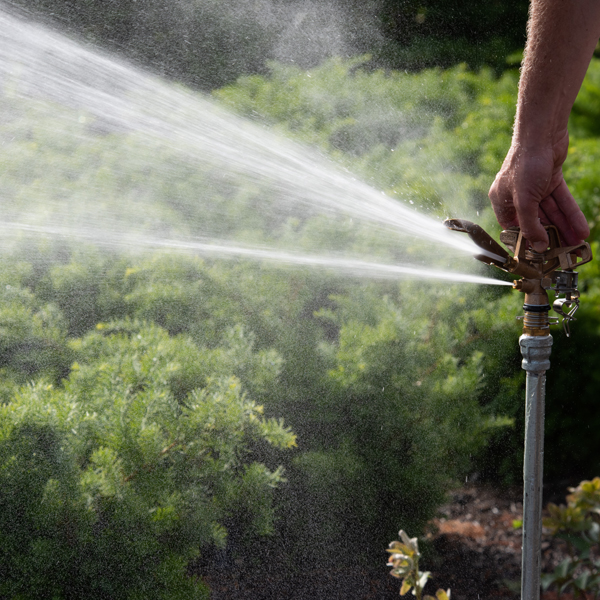
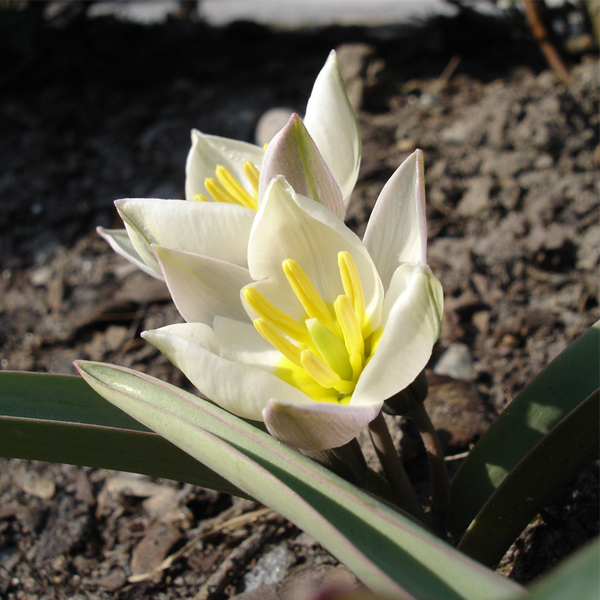
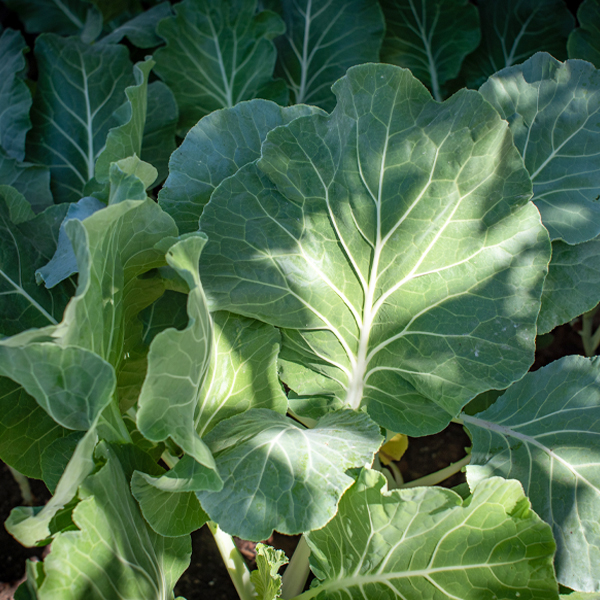
Garden To-Do List
Water judiciously
In August, prolonged hot, dry weather and/or water restrictions may create challenges. Some tips when water is at a premium:
- Established trees, shrubs, perennials, vegetables, and roses should receive 1 inch of water per week. If Mother Nature does not provide this amount, you will need to supplement. It is always better to deeply water the entire root zone of garden plants once each week, rather than watering shallowly several times per week.
- Remember that container plants will dry out more quickly than those in beds, and may require more frequent watering.
- Prioritize watering needs, beginning with newly planted trees and shrubs, newly planted perennials and vines, and newly sodded or seeded lawns. Also, be mindful of drought-tolerant plants, which can get by with less water.
Mulch matters
Mulch conserves moisture, protects plant roots, suppresses weeds, and regulates soil temperature. Apply 2 to 3 inches of leaf mulch on flower beds, as well as trees and shrubs, keeping mulch away from the trunks.
Scout the yard for next season
August is a great month to plan for next year’s garden:
- Place small stakes in the garden bed where there’s room for alliums (Allium spp.), daffodils (Narcissus spp.), lilies (Lilium spp.), tulips (Tulipa spp.), and other spring-flowering bulbs to be planted in the fall. (Golf tees make unobtrusive markers.)
- Keep records of harvest dates to help plan next year’s vegetable and herb garden.
- Now that the yard is at peak summer bloom, note any bare spots that would benefit from ground covers or additional plantings.
Annual and Perennial Care
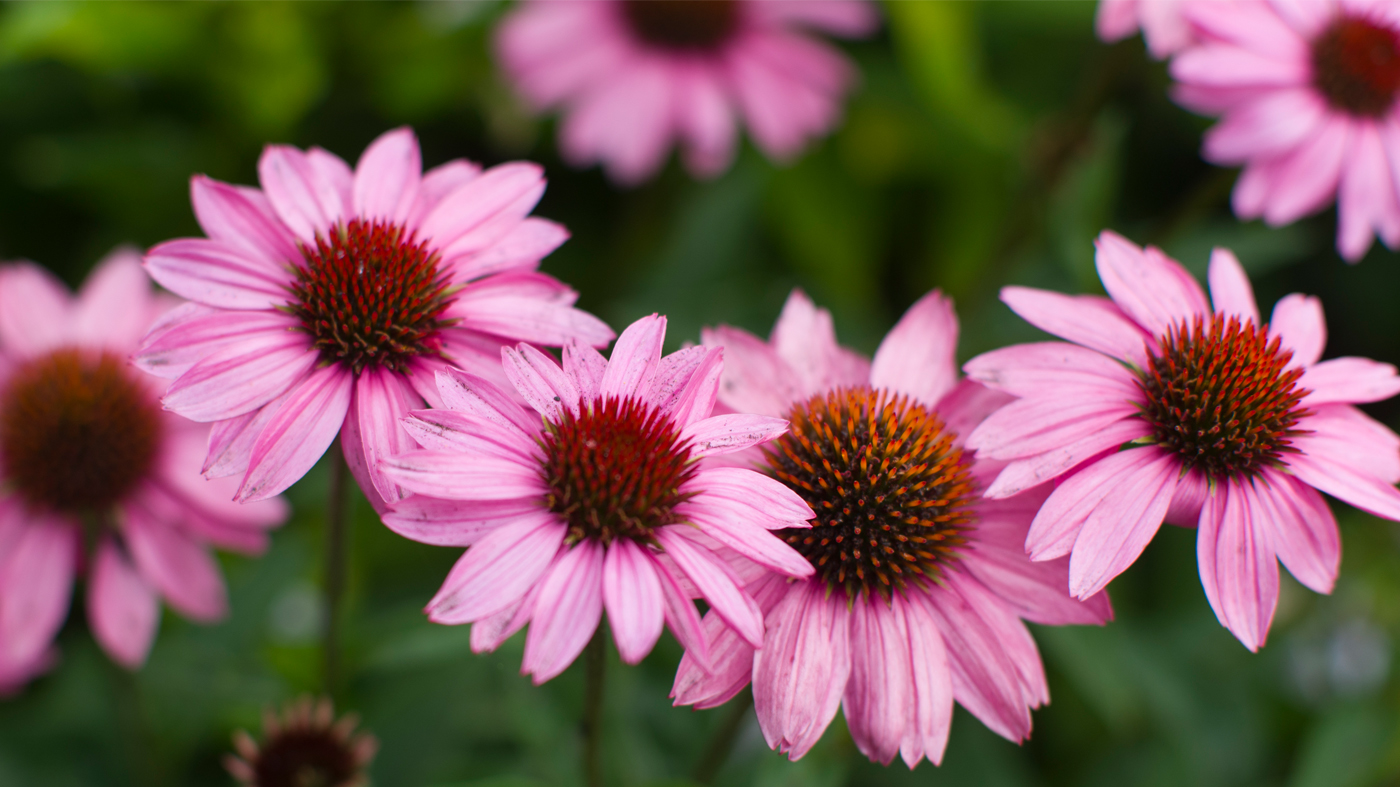
To deadhead or not
Continue to remove withered flowers (aka “deadhead”) of some annuals and perennials to encourage additional blooms and to keep plants looking their best. However, let certain dried flowerheads stand for fall and winter interest; good choices include astilbe (Astilbe), coneflower (Echinacea spp.), ornamental grasses, globe thistle (Echinops), and others.
Lily TLC
Remove yellowed or dried stems and flower stalks of lilies (Lilium spp.) by gently pulling them from the underground bulbs.
Boost the fall garden
Consider adding asters (Aster spp.), garden mums, (Chrysanthemum spp.), goldenrod (Solidago spp.), or other fall-flowering plants to garden beds to further extend the flowering season.
- Mulch newly planted perennials immediately.
- Many greenhouse-grown mums are not hardy and may not overwinter. The earlier the mum is planted in your garden, the greater the chance of survival over winter.
Divide peonies
Peonies (Paeonia) can be divided at the end of this month and into early fall.
Fertilize roses
Roses are generally not fertilized after the first week in August. However, some growers and rosarians interested in maximizing flower displays do continue to apply a dilute fertilizer.
Fruit, Vegetable, and Herb Care
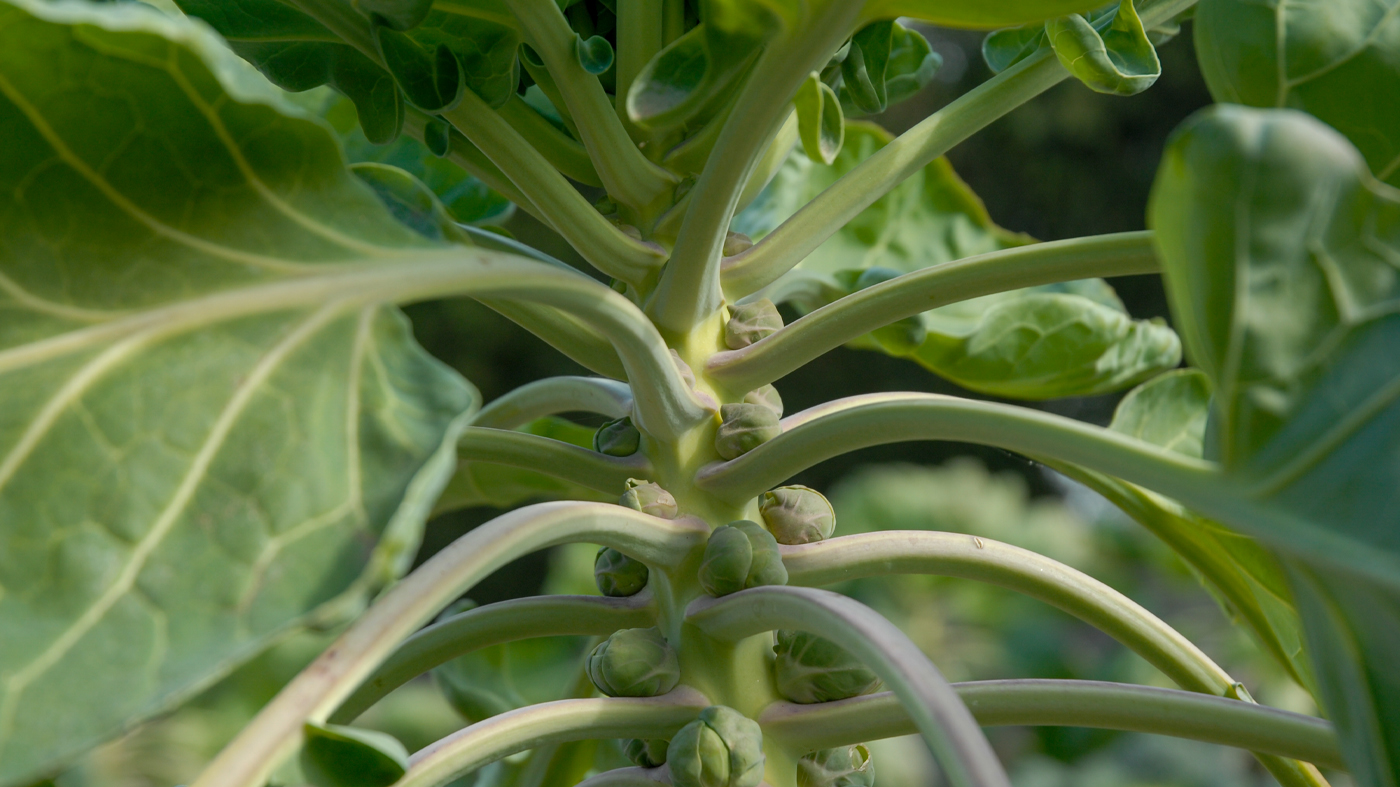
Harvest vegetables regularly
Keep picking ripe vegetables to encourage the plants to keep producing.
- When buds form on Brussels sprouts, remove the lower leaves. Taller plants with more sprouts will result. When sprouts are marble-sized, side-dress plants with balanced fertilizer.
- Avoid letting squashes, zucchini, etc., become giant-sized. They may win county fair prizes, but they will have reduced flavor.
Lettuce refresh
Cool-season lettuces, mesclun mixes, and unusual greens that were planted in early spring can be planted again this month.
- If the weather is unusually hot, plant these greens in partial shade.
- When harvesting lettuces, cut every other plant to the ground. This practice allows each lettuce head to develop fully.
- In hot weather, lettuces and cabbages can bolt quickly and form seed stalks. Because these stalks render the leaves bitter, remove any flowering stalks as soon as they begin to grow.
Plant for fall
In the first week of August, plant short-season broccoli, cabbages, carrots, cauliflower, mustard greens, radishes, snap beans, and spinach for fall harvesting.
Look for disease or insect problems
Avoid spraying strong insecticides or fungicides on food products.
- Hand removal of caterpillars is recommended.
- Monitor for blossom end rot on tomatoes. Tomatoes are very moisture-sensitive. Mulch garden beds and keep moisture evenly available. Tomatoes don’t grow well when exposed to cycles of rain and drought.
Tend to herbs
- Continue to harvest herbs by snipping foliage. Pinch off developing flowers to retain essential oils and flavor in the plants’ foliage. (Hint: The flowers are edible, too, but may have a stronger flavor.)
- Dry entire sprigs or plants, or freeze individual portions in ice-cube trays.
Lawn Care
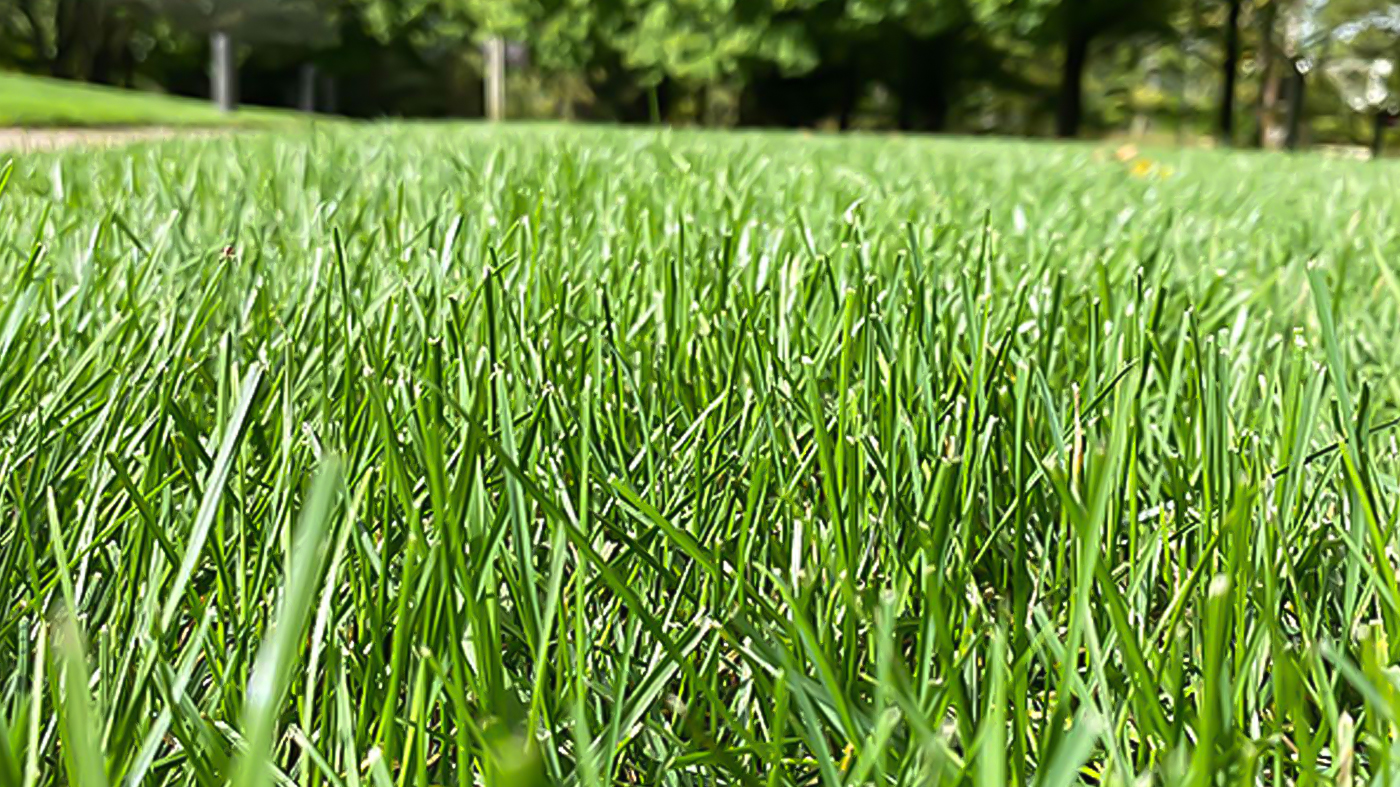
Address bare spots
Mid- to late August is the best time to seed bare areas of lawn, overseed thinning grass, or lay down sod. Some tips:
- When seeding lawns, use grass seed appropriate to your site. If seeding in a shaded area, purchase a shade-tolerant mix.
- Cultivate soil down to a few inches and broadcast grass seed and starter fertilizer according to package directions. Cover with loose straw to prevent wind or bird damage to seeds.
- Keep soil moist until seed germinates.
- To overseed an entire lawn, consider hiring a professional or renting a slit-seeding machine that automatically drops seed into small slits made by the machine.
- Before laying sod, prepare soil as above. Water deeply to encourage roots to grow downward into a new soil bed. Purchase sod grown on soil similar to your own. Let grass grow a bit longer before mowing. Set the mower at proper height so that no more than one-third of the grass blades are removed at one time.
Skip the fertilizer
Refrain from fertilizing lawns until at least September or later in fall. A winter fertilizer should be applied when top growth has stopped but the lawn is still green.
Address grubs
Annual white grub damage will begin to show up this month in the form of browned-out areas of turf that pull back easily, like a carpet. Grubs chew grass roots, resulting in turf that lifts up. In lawns with high grub infestations, skunks and raccoons often dig up the turf, sometimes doing more damage than the grubs themselves.
- Minor damage is usually not cause for treatment. Pull back turf and count grubs (white C-shaped larvae with black heads); 10 to 12 per square foot is considered enough to treat.
- Recommended chemical products vary in their application time. If possible, try to avoid using strong insecticides if damage is light. If necessary, treat affected areas rather than the entire lawn.
Lawns can handle dormancy
In times of drought, excessive heat, or water restrictions, grass can go dormant. Apply one quarter to one half-inch of water every two to four weeks to keep dormant turf alive.
- When a lawn resumes growth after a dormant period, the turf’s nutrients are depleted, which may stress its overall health.
- Grass will green up as soon as normal rainfall returns.
Tree and Shrub Care
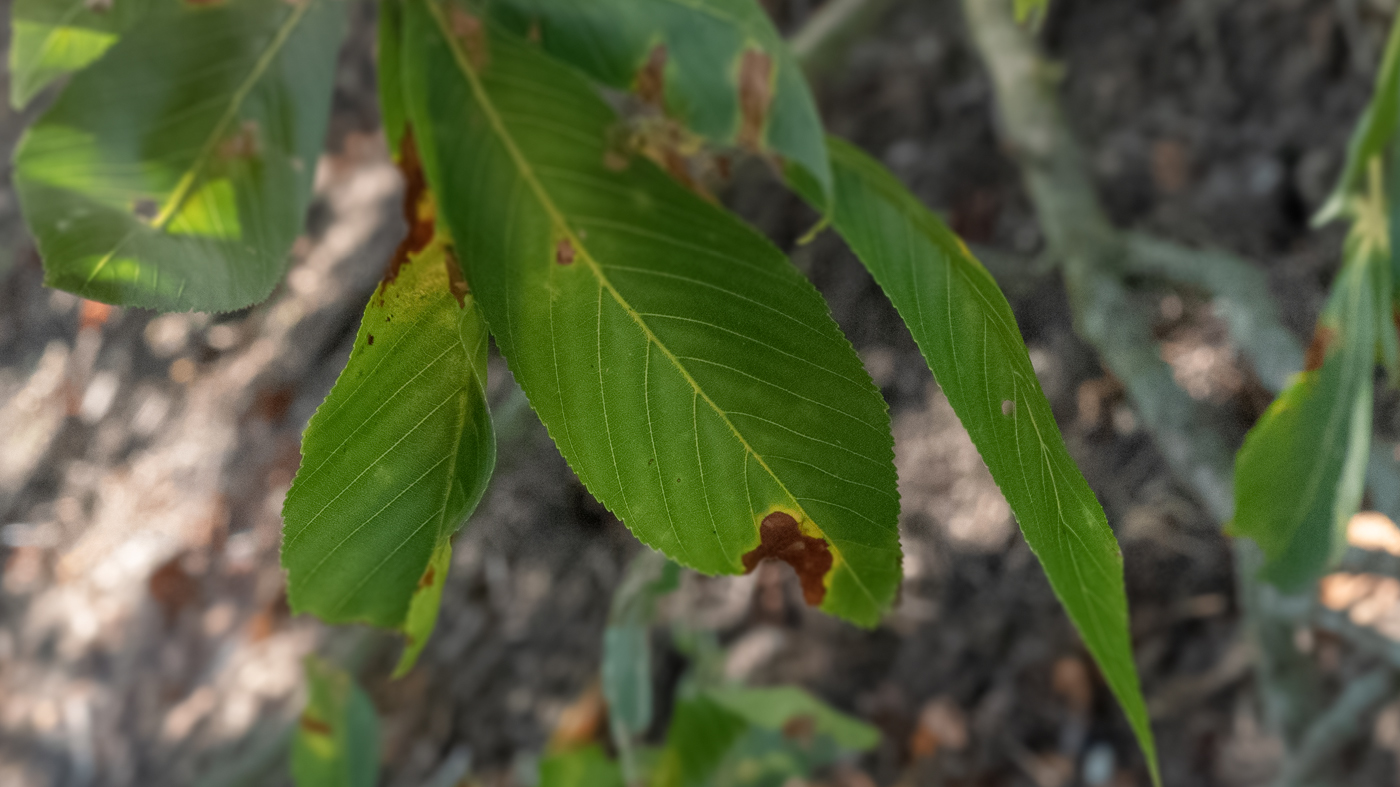
Look for insect damage
Monitor trees and shrubs for insects or disease.
- Many infested plants can be hosed down to remove small insect populations, such as aphids. Aphids have many natural enemies and are rarely cause for harsh pesticides.
- Many sucking, piercing, and chewing insects will finish feeding this month, leaving cosmetic damage but nothing serious enough to warrant chemical control.
Although spotted lanternfly is not currently a problem in northern Illinois, it has been identified as a major environmental threat in nearby states, including Indiana. This invasive species poses threats to crops, as well as many tree varieties. Spotted lanternfly overwinters as an egg on smooth-barked trees, but also firewood, rocks, and items kept outdoors, such as patio furniture, winter equipment, and vehicles. Females lay eggs in rows and cover them with a substance that is white and glossy before drying to a gray/brown color. The entire egg mass is about 1.5 inches long, and looks like a smudge of clay. Check out the Illinois Department of Agriculture’s website to learn more about spotted lanternfly and other invasive pests.
Water young trees and shrubs
Continue to water trees and shrubs each week if rainfall is insufficient. Established trees and shrubs need approximately 1 inch of water per week.
Look for signs of scorch
Examine trees and shrubs for symptoms of bacterial leaf scorch on tender new foliage—e.g., the margins of leaves turn brown and crispy. Scorch can result from insufficient water and/or exposure to hot, drying winds, but it also can be caused when excessive amounts of water interfere with a plant’s ability to take in oxygen. Contact the Garden’s Plant Information Service for more information.
Avoid pruning
Pruning is generally not advised in August. The exception is for shrubs that have just flowered this month; prune immediately following their flowering.
Outdoor Container Care
Monitor water levels for container plants
Monitor water needs for containers, which will dry out more quickly than garden beds. If the weather is especially dry and hot, twice-daily watering may be needed for plants growing in full sun.
Deadhead petunias
Leggy petunias should be pinched in half to keep them reblooming and looking tidy.
Fertilize plants
Continue to feed container plants with quarter-strength liquid balanced fertilizer twice a month.
August is a great month to …
The centuries-old craft of drying flowers offers a tangible way to preserve the beauty of the garden, all year long. Find tips and techniques here, and learn which flowers make the best candidates for drying.

